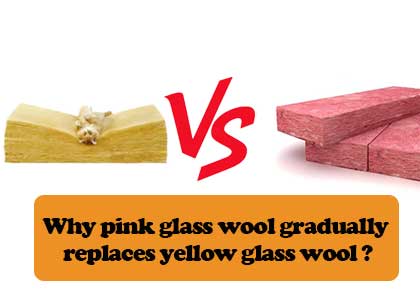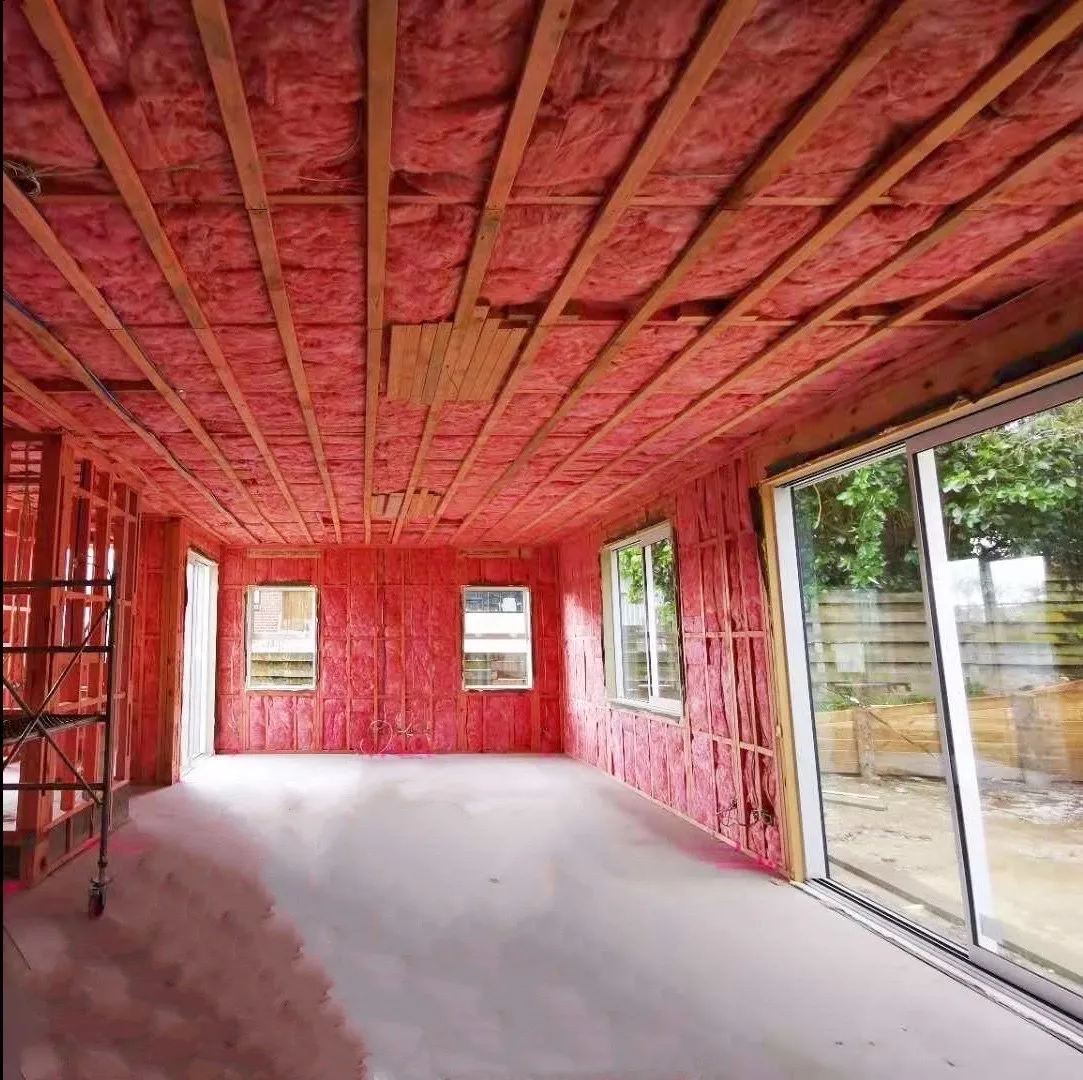In the field of building insulation and acoustic materials, glass wool is widely used because of its lightweight, fire resistance, and sound absorption. In recent years, the market share of pink glass wool has increased significantly, gradually replacing the mainstream position of traditional yellow glass wool. Behind this phenomenon, there are not only the evolution of functional needs but also the deep influence of market strategy and user psychology. The following analyzes this trend from multiple dimensions.

Functional segmentation: from single insulation to acoustic performance optimization
Traditional yellow glass wool has thermal insulation as its core function and is often used in walls, cold storage, pipelines, and other scenes. Its raw materials are mainly quartz sand and recycled glass, which form a fiber structure after high-temperature melting and have excellent thermal insulation performance. Pink glass wool achieves color differentiation by adding dyes, and the raw materials use formaldehyde-free binders, which pay more attention to environmental protection.
Improved sound absorption performance: The porous structure of pink glass wool is denser, which can effectively reduce noise reflection and echo, and significantly improve the indoor acoustic environment. For example, high-demand places such as concert halls and recording studios prefer the pink version.
Functional identification experience: During construction, the visual difference between pink and yellow helps workers quickly distinguish the use of materials, avoid confusion, and improve installation efficiency; and compared with the roughness of yellow glass wool, pink glass wool pays more attention to the user experience, and its softness and comfort are also better.
Visual and psychological: the impact of color on user selection
Color is not only a functional label, but also an important part of the user experience.
Psychological perception advantage: Pink conveys a warm and soft visual experience, which naturally fits the thermal insulation properties of glass wool. In commercial buildings and home decoration, users tend to choose materials with higher "psychological comfort".
Safety warning function: Pink is more eye-catching than yellow in industrial scenes, which can remind construction workers to pay attention to protection (such as wearing goggles and masks) to reduce the risk of fiber inhalation.

Safety and durability: Iteration of comprehensive performance
The technical improvement of pink glass wool has also promoted its market substitution process:
1. Fire resistance: Glass fiber itself does not burn, and the pink version further improves safety by adding flame retardants, especially in places with high fire risks (such as high-rise buildings).
2. Moisture-proof and veneer process: Pink glass wool is often paired with aluminum foil or PVC veneer to effectively block water vapor penetration, avoid performance degradation caused by condensation, and extend service life.
3. Health controversy relief: Despite early concerns about glass fiber causing cancer, recent studies have not confirmed its direct risk, and pink products reduce fiber shedding and irritation through process optimization, which provides buyers with a better choice for the current environment that focuses on human health.
Industry trends: from single function to comprehensive solutions
The construction industry has a growing demand for the multifunctional integration of materials. Pink glass wool not only meets the dual needs of thermal insulation and sound absorption but can also achieve beauty and corrosion resistance (such as steel structure buildings) through veneer technology. In contrast, the application scenarios of yellow glass wool are relatively single and difficult to adapt to complex engineering requirements.
Conclusion
The rise of pink glass wool is the result of the combined effects of technology, market, and user psychology. With the improvement of architectural acoustic standards and the enhancement of environmental awareness, the replacement trend may be further accelerated. In the future, material innovation (such as formaldehyde-free white glass wool) may open up new tracks, but pink will still occupy an important position due to its historical accumulation and comprehensive performance. It is currently widely used in Latin America (the United States, Canada, Mexico, Ecuador, Colombia, etc.), Australia, and New Zealand. If you have the purchase demand for high-quality glass wool board or want to know more details, please contact us, IKING GROUP, and let us provide you with high-quality customized services.